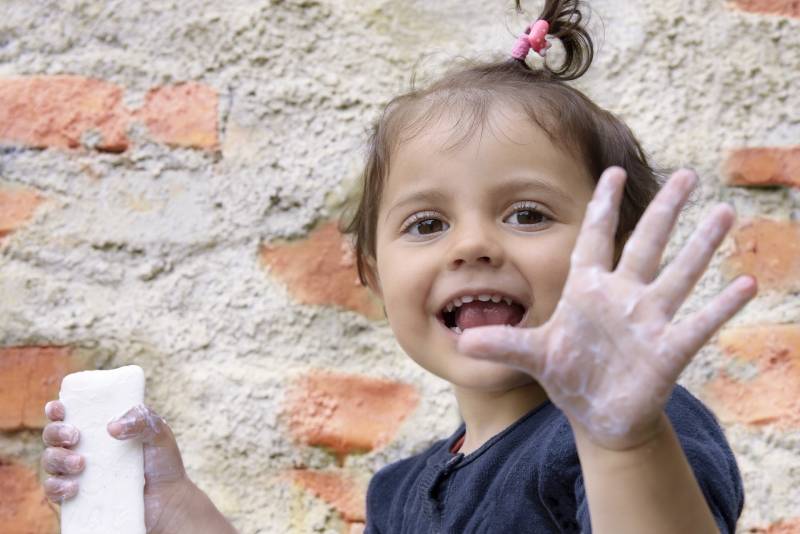A recent study evaluating 171 children with the coronavirus treated at the Wuhan Children’s Hospital reported that only three, all with underlying health conditions, required intensive care support and mechanical ventilation.
Most children experience cold-like symptoms such as a fever, runny nose and cough. Vomiting and diarrhea are rare. Asymptomatic infections are not uncommon. And children are, so far, not experiencing acute respiratory distress syndrome or septic shock, which is occurring in some adults.
“Our experience so far is milder disease in suspected children,” says Dr. Lee Atkinson-McEvoy, division chief of general pediatrics at UCSF.
Infants, however, do appear to be vulnerable to the virus. Soon-to-be-released research from China looking at 2,143 pediatric patients found that 10% of babies who contracted the virus required hospital care. As of March 8, one child, a 10-month-old, died from the new coronavirus.
Even though the early data on kids is promising, doctors caution that both premature infants and children with underlying chronic health conditions are still at high risk for developing complications.
“I think that the biggest conclusion we can make is that kids, if they get it, seem to have milder disease,” says Atkinson-McEvoy. “We should not make the leap that kids innately have some protection that their adult counterparts don’t have.”
Most people who have died from the new coronavirus are older, many of whom had pre-existing conditions.
If this trends continues, scientists may be able to glean more information about how the new coronavirus behaves by studying the immunity that kids are displaying.
History also offers reassurance. According to the Centers for Disease Control and Prevention, limited data show that children were not particularly susceptible to previous outbreaks like SARS, and MERS. Both of these fatal diseases are in the same family as COVID-19.
But it’s still early in the new coronavirus outbreak. There are many unanswered questions about behaviors in China that could have influenced the numbers.
“Did schools close early?” asks Dr. Atkinson-McEvoy. “What’s the prevalence of daycare attendance? What is the interaction between the adult population and the pediatric population that would make the numbers appear different in the United States?”
Authors of the Chinese epidemiological study on kids with COVID-19 described children’s relative lack of vulnerability as puzzling. The researchers speculated it could be related to thier lack of contact with sick people because they were kept at home, or to some inherent immunity.
Doctors do not know how easily children transmit the virus, however it appears likely they can be contagious. Dr. Yvonne Maldonado, an infectious disease expert at Stanford, says, “We do know household transmission was the most common way it was transmitted in China.”
Public health experts recommend children follow the same preventive actions as adults to avoid infection. Wash hands frequently throughout the day with hot soapy water. Avoid touching your face.
Parents should carry alcohol-based hand sanitizer or disinfectant wipes in case soap and water are not immediately available, though soap and water are considered the best protection against the virus.
The disease that’s still likely more threatening to my daughter is this year’s influenza. It has killed about 22,000 people in the U.S., including 144 children. Hospital rates for children under four-years-old are the highest the CDC has on record for this age group.

